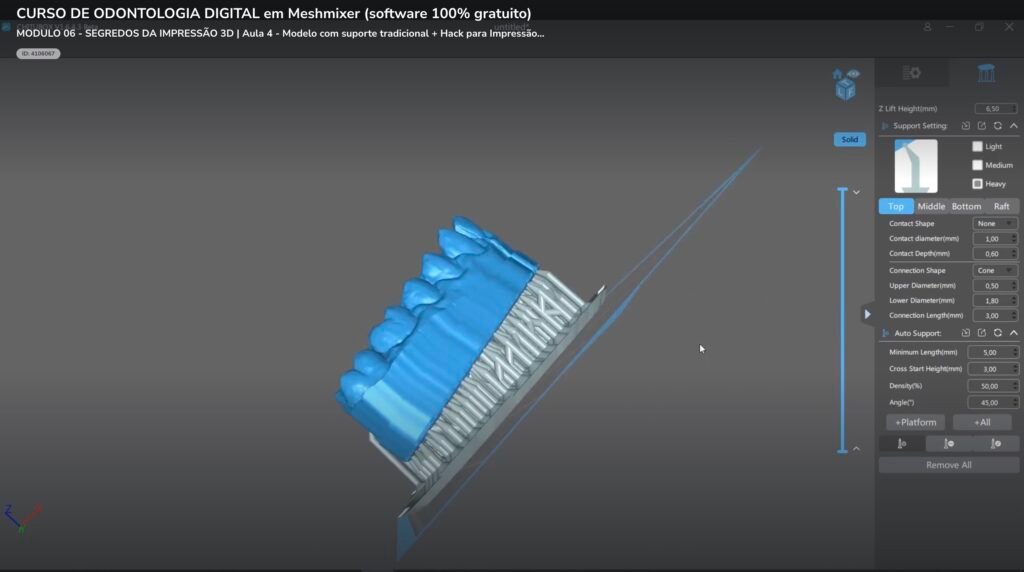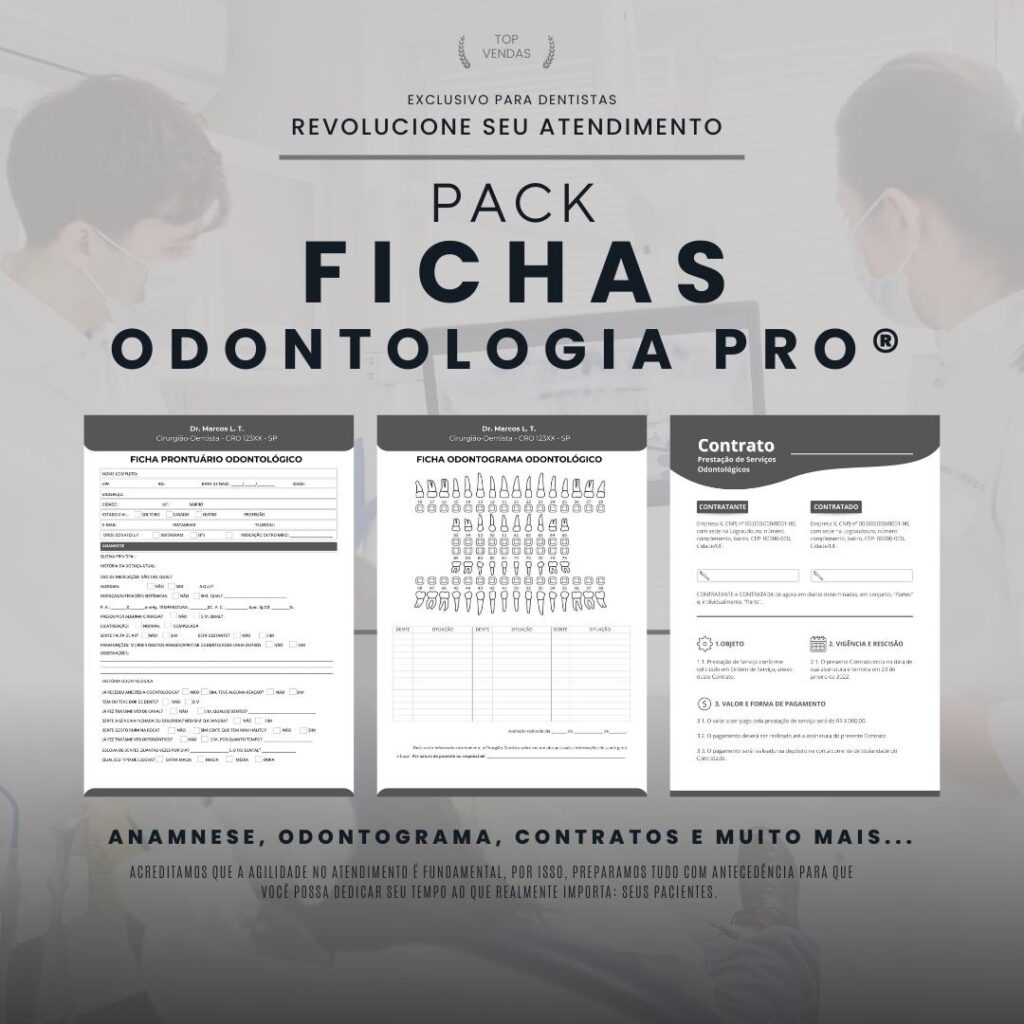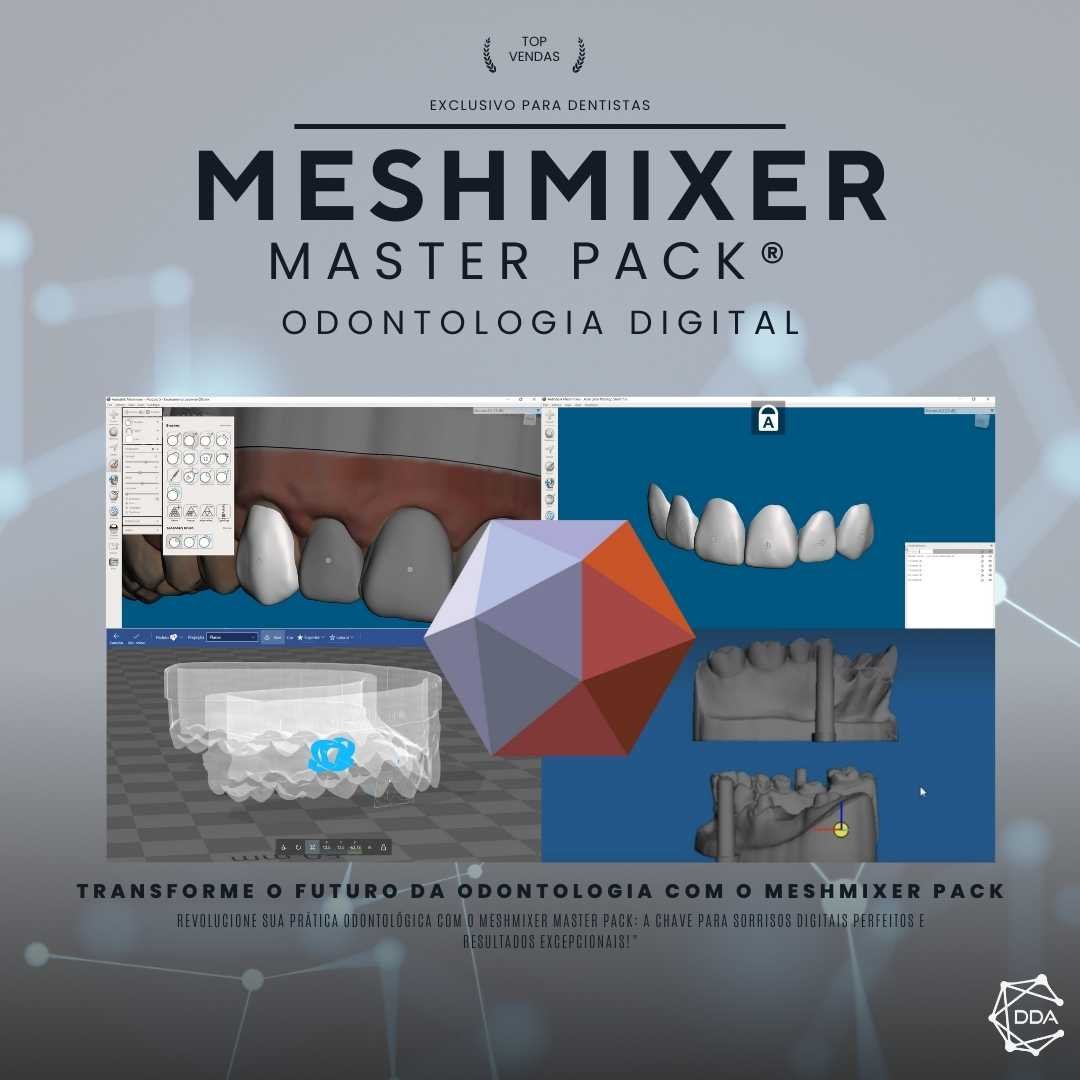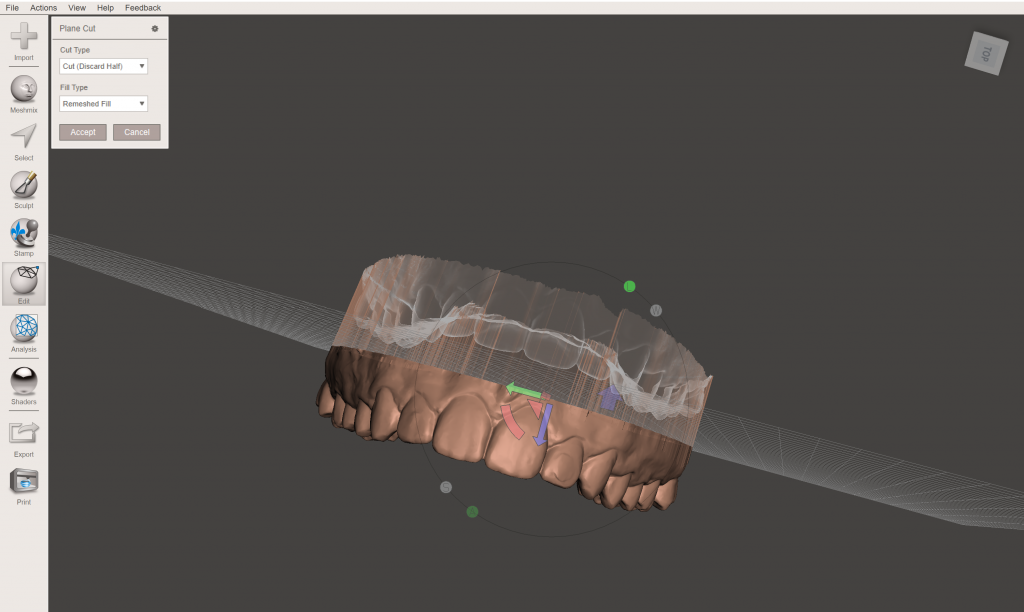

Introduction to 3D printing in dentistry
3D printing has revolutionized the digital dentistry, providing significant benefits and expanding treatment possibilities. In this article, we'll explore how 3D printing is being used in dentistry and share some valuable tips for getting the best results.
Benefits of 3D printing in dentistry
3D printing brings numerous benefits to dentistry, including:
- Customization: Allows the creation of personalized dentures, aligners and other devices that fit perfectly to the patient.
- Speed: Reduces patient waiting time and increases treatment efficiency.
- Lower cost: Reduces production costs and allows you to offer more affordable treatments to patients.
Applications of 3D printing in dentistry
3D printing has several applications in dentistry, including:
- Dental prosthetics
- Implants
- orthodontic aligners
- Study models
- custom surgical tools
3D printing technologies
There are several 3D printing technologies available, each with its own advantages and disadvantages. Some of the most common in dentistry include:
SLA (Stereolithography)
SLA is a 3D printing technique that uses a laser to solidify liquid resins into three-dimensional objects. This technology is known for its high accuracy and smooth surface finish, making it ideal for dental applications.
DLP (Digital Light Processing)
DLP is similar to SLA, but uses a light projector to cure the resin instead of a laser. This can result in faster print times and is suitable for dental applications that require moderate accuracy.
FDM (Fused Deposition Modeling)
FDM is a 3D printing technique that deposits molten plastic layer by layer to build an object. While less accurate than SLA and DLP, it is a more affordable option and can be used to create study models and surgical tools.
Choosing the right 3D printer
When choosing a 3d printer for dental use, consider the following factors:
Precision
Precision is key in dentistry. The 3D printer must be able to produce fine details and adjust to the specific needs of the treatment.
Speed
Print speed can affect process efficiency and patient satisfaction. Faster printers can reduce wait times and increase office productivity.
Materials
Make sure the printer supports materials suitable for dental applications, such as biocompatible resins and specific plastics for dentures and aligners.
ease of use
The printer must be easy to use and have software that facilitates the preparation of 3D models, slicing and print setup.
Preparation for printing
design planning
Successful 3D printing starts with good design planning. Use dentistry-specific software and work with the patient to ensure the device is customized and suited to their needs.
Slicing and supports
Use slicing software to convert the 3D model into layers and generate supports if necessary. The supports ensure that the part is printed correctly and without deformation.
Correct part orientation
Part orientation in the slicing software is crucial to obtain a good result. Position the piece in such a way as to minimize the amount of supports and guarantee a quality impression.
Post-processing and finishing
removal of supports
After printing, carefully remove the supports with pliers or specific tools, taking care not to damage the piece.
UV curing
Resin printed parts often need additional curing under UV light to ensure the material's strength and durability.
polishing and painting
If necessary, polish and paint the piece to obtain a perfect finish and natural appearance.
Conclusion
3D printing has enormous potential in digital dentistry, but it is important to know the technologies, choose the right printer, and master preparation and post-processing techniques to obtain high-quality results.
- Q: What is the best 3D printing technology for use in dentistry?A: The best technology depends on the specific needs of the application. SLA and DLP are generally preferred due to their high accuracy and smooth surface finish, while FDM can be used for less critical applications such as study models.
- Q: Is 3D printing safe to use on patients in dentistry?A: Yes, as long as biocompatible materials and proper post-processing processes are used, 3D printing is safe for dental use.
- Q: How long does it take to print a denture or brace using 3D printing?A: Printing time varies depending on printing technology, part size and complexity, and printer settings. High quality prints can take a few hours or even an entire day.
- Q: How can I ensure the 3D printed part fits the patient correctly?A: The correct fit can be achieved through careful design planning, using dentistry-specific software, and working closely with the patient to create custom devices.
- Q: Is any special treatment required after 3D printing dental devices?
- A: Post-processing, such as removing supports, UV curing, and polishing, is required to ensure the parts are strong, durable, and look good.
- Q: Is 3D printing in dentistry more expensive than traditional methods?A: While the initial investment in 3D printing equipment can be high, 3D printing can reduce production costs and allow for more affordable treatments for patients in the long term.






